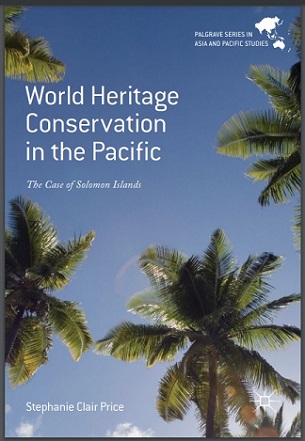
East Rennell (part of the island of Rennell, in Solomon Islands) was inscribed on the World Heritage List in 1998. Its listing was a milestone in the development of the World Heritage Convention regime. It was the first listed World Heritage site in the independent Pacific Island States, and the first place anywhere in the world to be inscribed based on its natural heritage values and its protection under customary law. However, the threats to its outstanding universal value (OUV) have increased over time, leading the World Heritage Committee to include the site on the List of World Heritage in Danger in 2013. The Committee has repeatedly called on the Solomon Islands government (SIG) to do more to safeguard the site, including by banning logging and mining, regulating the taking of certain species, and declaring the site to be a protected area under law. I sought to examine the opportunities and challenges associated with the use of the Convention to protect Pacific heritage sites. In particular, I wanted to investigate what lessons can be learned from Solomon Islands’ experience to date for the protection of East Rennell and other places with similar characteristics. This book is a product of that research. Reflecting my background as a lawyer, I undertook this research from a legal perspective. A socio-legal approach was however taken. Such an approach is warranted where there is significant variation between the form of a law and its effect in practice. This is certainly the case in Solomon Islands, where much legislation relevant to heritage protection is not routinely implemented or enforced. Using this approach, the book explores legal issues arising from the World Heritage Convention in their broader context.












